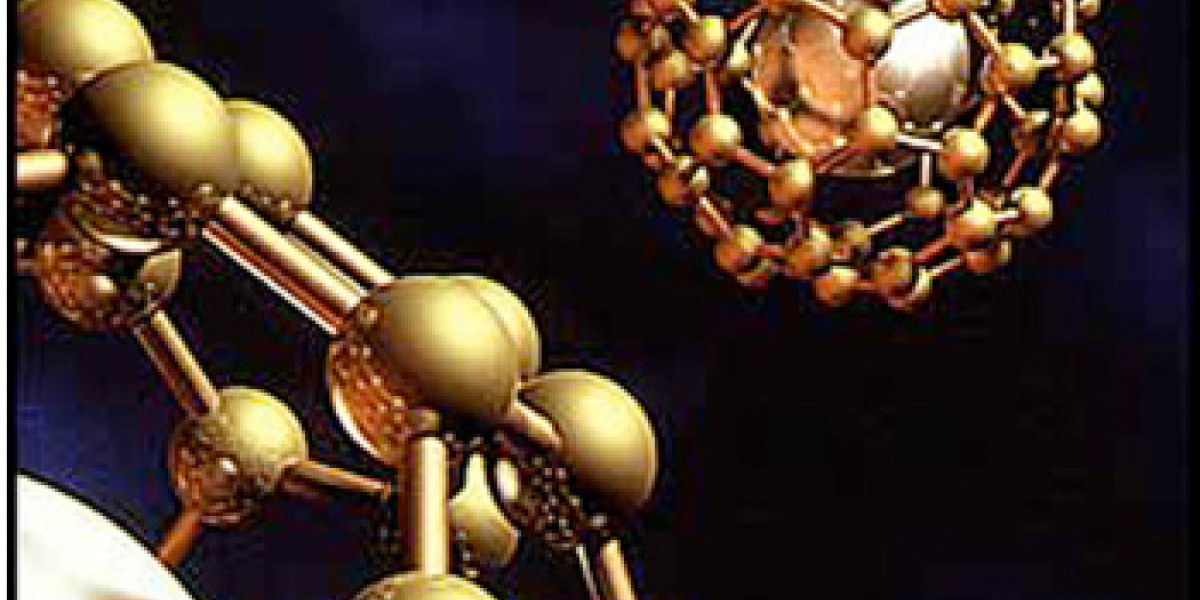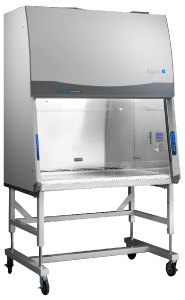Nanotechnology: How does it affect your health?

Research in the field of environmental health and safety has recently turned its focus to nanoparticulate. A two-pronged approach has been identified to help lay the foundation of how to approach safety: Isolate and Capture.
Isolate means that when working with nanoscale particulate, the use of a containment device that provides protection to the user should be implemented.
Capture implies that any rogue particulate that is generated during the application should be captured so that there is no risk of inhalation to the user or for future cross contamination. With these two pieces of information we can narrow our search to containment devices that provide user AND environmental protection.
What does that translate to in product terms? It means a biosafety cabinet or a balance enclosure.
A biosafety cabinet is defined by the CDC as a device that provides personnel, product and environmental protection employing an open front with directional airflow, HEPA-filtered laminar downflow (to provide a sterile work environment), HEPA-filtered exhaust, and must operate with a face velocity of 75-100 fpm.
The cabinet has to have some advanced engineering so air is blowing from the top of the cabinet and onto the work surface at the same time the air is pulled into the front opening of the cabinet. The pull must be enough that air blowing down onto the work surface doesn’t escape the opening, yet is still being pulled in without introducing contaminants (from the room air) into the sterile work area.
If performing a task requires weighing material on an analytical balance or aliquoting a small amount of the material from one container to the next, would it be beneficial to have an air current blowing straight down at a rate of 55 fpm onto the work surface?
The balance performance and precision would be affected, not to mention that a Class II, Type A2 biological safety cabinet (below) recirculates some of the cabinet’s air inside the work area. 30% of the air exits the work area and is pushed through a HEPA filter and allowed to reenter the laboratory. What would result is a nano contaminated plenum and an exhaust HEPA filter that will have to be addressed. The remaining 70% of the recirculated air will be HEPA filtered before reentering the enclosure. 
If you are keeping score, there are 2 HEPA filters and 2 plenums that are contaminated with nanoparticulate. How can the filters be changed? How can you decontaminate a cabinet with nanoparticulate? Nanoparticulate can’t be deactivated in the same manner as a biohazard can, so accessing the HEPA without exposing yourself, or a certifier to the nanoparticulate is a question needing an answer. Add many more “what ifs” and there are too many questions without answers.
That leaves balance enclosures. A balance enclosure is a negatively pressurized containment device that provides personnel and environmental protection. This is accomplished by pulling in room air through the sash opening at a low face velocity and then pushing it through a Bag-in/Bag-out (BIBO) HEPA filter before entering the laboratory.
The BIBO HEPA is a particular type of HEPA removal system that allows a certifier to change the filter under complete containment. It eliminates nanoparticulate exposure to the certifier and laboratory environment.
The Labconco XPert Nano Enclosure is a special balance enclosure that was specifically designed for nano-particulate capture. Many new engineering concepts were applied in this design—starting with filtration.
The XPert Nano utilizes a BIBO ULPA filter. ULPA filters are rated 99.999% efficient at 0.12 um. Static charge was also addressed in the choice of materials for construction. Nano-sized particulate can be highly susceptible to static charge due to its high surface area and low mass.
Taking this into consideration, the interior of the XPert Nano Enclosure (left) is constructed of stainless steel for dissipating capabilities that is also a bonus for ease of cleaning.
An optional ionizer can be factory installed into the work surface of the unit. Its purpose is to emit positive and negative ions into the incoming airstream. In turn, these ions will attach to any charges harboring on insulative surfaces that have been placed inside of the enclosure, i.e. analytical balance, weigh boats, weighing utensils, etc.
The work surface itself is integrated into the sides and back of the unit eliminating small areas for nano-material to hide for later cross-contamination.
Verification of the containment has been assessed by NanoSafe, Inc. and results are available upon request. Nanoparticulate is not new, nor is it unknown, but its effects are.
Related article on Labconco.com:
Nanomaterial toxicity generates health risk policy
It's great to see that we are getting repeatable data across the nanomaterials field. This means that, hopefully, we will soon know definitively the risks we face when working with nanoparticulates...Read
| chevron_left | Combinatorial Chemistry Sample Prep using Labconco's RapidVap Vertex | Articles | New Springfield, MO crime lab makes huge impact | chevron_right |







